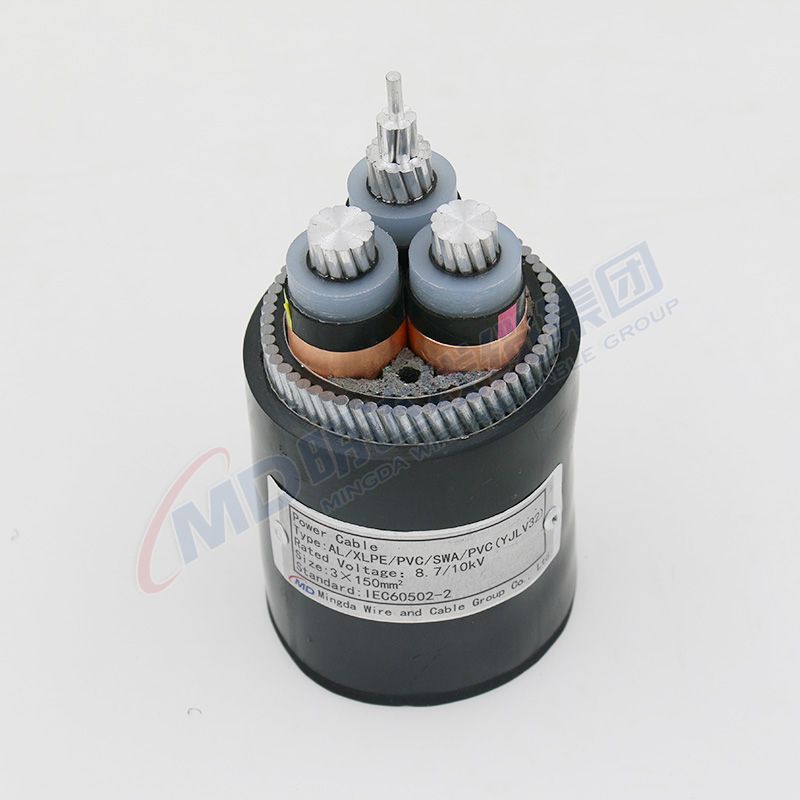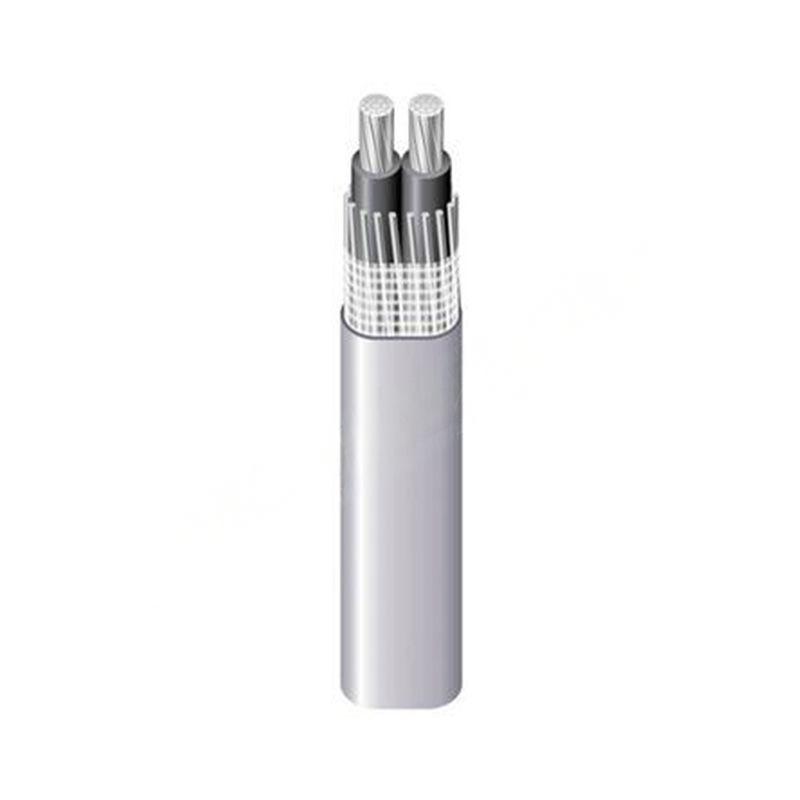Haz . 02, 2025 23:30 Back to list
High-Performance One Way Non Return Valves Durable Leak Prevention
- Understanding the critical role of one way non return valve
s in fluid systems - Quantifying the operational impact of valve failure scenarios
- Core technical advantages driving modern valve selection
- Comparative analysis of leading industrial valve manufacturers
- Developing custom solutions for complex system requirements
- Application case studies across industrial sectors
- Future-proofing systems with optimized 1/4 one way valve selection

(one way non return valve)
Understanding the Critical Role of One Way Non Return Valves
One way non return valves serve as the fundamental safeguards in hydraulic and pneumatic systems, engineered to permit unidirectional flow while preventing dangerous backflow conditions. These components act as the first line of defense against system failures that can lead to catastrophic equipment damage, process contamination, or hazardous operational scenarios. The operational principle relies on pressure differentials: when inlet pressure exceeds downstream pressure, the valve mechanism opens; when pressure equalizes or reverses, the closure element seats immediately against its housing through spring tension, differential pressure, or gravity.
Engineering specifications vary significantly between basic check valves and industrial-grade non return systems. Industrial designs incorporate fail-safe mechanisms, pressure-compensated seats, and materials engineered for specific media compatibility ranging from aggressive chemicals to ultra-pure pharmaceutical solutions. Flow capacities extend from miniature 1/4 one way valve configurations handling precise volumes in analytical instrumentation, to large-bore variants controlling high-volume industrial process flows. Selection parameters must account for cracking pressure thresholds (typically 0.5-5 PSI for precision instruments up to 5,000+ PSI in hydraulic circuits), temperature tolerances matching operational environments, and material compatibility with both conveyed media and external environmental factors.
Quantifying the Operational Impact of Valve Failure Scenarios
Recent industry case studies quantify the tangible consequences of non return valve failures across sectors. Petrochemical processing plants report average incident costs exceeding $500,000 when backflow events contaminate catalyst beds or damage compression systems. Water treatment facilities experience increased chemical consumption by 15-30% following diaphragm valve failures, while semiconductor manufacturers document entire production batch losses when microscopic particulate contamination enters ultra-pure water loops due to improper sealing.
Accelerated wear testing under controlled conditions reveals significant performance variations between valve classes. Standard spring-loaded checks maintain functionality for approximately 5 million cycles under moderate pressure (150 PSI), whereas industrial ball-type designs withstand over 20 million cycles. Pressure decay rates highlight critical differences: economy valves exhibit 3-5% seal leakage after thermal cycling between -20°C and 80°C, while precision-ground components from leading manufacturers maintain <0.001% leakage under identical conditions. These performance differentials directly correlate with mean time between failures in continuous operations.
Core Technical Advantages Driving Modern Valve Selection
Contemporary one way valve designs incorporate multiple technological innovations enhancing reliability and functionality. Self-compensating polymer seals now maintain integrity across temperature ranges exceeding standard elastomers by 40°C at both thermal extremes. Manufacturers increasingly employ computational fluid dynamics to optimize flow paths, reducing turbulence and pressure drops by 30-60% compared to previous generation designs. For sensitive applications, low-cracking variants achieve consistent opening pressures within 0.05 PSI tolerance, critical in laboratory and analytical instrumentation.
Material science advancements enable unprecedented media compatibility: PEEK composites withstand chemical exposure to acids, bases, and solvents exceeding PTFE capabilities while maintaining dimensional stability at 150°C. Metal variants increasingly leverage duplex stainless steels offering 2X corrosion resistance of 316SS in chloride-rich environments. For hygiene-critical applications, zero-cavity designs eliminate stagnant zones that foster bacterial growth, achieving CIP/SIP compliance. The latest 1 one way valve designs integrate position indicators, real-time pressure monitoring capabilities, and digital interfaces compatible with Industry 4.0 architectures.
Comparative Analysis of Leading Industrial Valve Manufacturers
| Manufacturer | Pressure Range (PSI) | Temp Range (°C) | Cycle Rating | Standard Materials | Leakage Rate |
|---|---|---|---|---|---|
| Swagelok | 0-6000 | -54 to 232 | 10M+ | 316SS, Alloy C276 | Bubble-tight |
| Parker Hannifin | 50-5000 | -40 to 121 | 5M | Brass, 316SS, PTFE | 0.1 cc/min |
| Emerson ASCO | Vac-1500 | -10 to 80 | 2M | PPS, PVDF, 316SS | 0.25 cc/min |
| GF Piping Systems | 0-230 | -20 to 100 | 500K | PP, PVDF, ECTFE | 0.5 cc/min |
Comparative evaluation reveals significant differences in application suitability. High-pressure systems invariably demand metallic construction with precision-machined components, where manufacturers like Swagelok achieve superior reliability through cold-drawn seamless tubing integration and 100% automated pressure testing. For corrosive media handling, Emerson's PVDF valve bodies demonstrate superior chemical resistance to halogenated compounds at elevated temperatures. The 1 4 one way valve sector shows particular material diversity: PEEK composites compete with metal performance in analytical applications where magnetic permeability must be minimized.
Developing Custom Solutions for Complex System Requirements
Specialized industrial applications increasingly demand engineered valve solutions rather than off-the-shelf products. Pharmaceutical clean steam systems require valves with machined internal contours achieving Ra≤0.8μm surface finishes to prevent microbial colonization, coupled with specialized actuators enabling rapid closure in under 15ms during pressure anomalies. Offshore applications necessitate chrome-carbide-coated internals resistant to hydrogen sulfide corrosion while tolerating operational temperatures reaching 150°C at 5,000-foot depths.
Nuclear containment systems illustrate extreme customization: triple-sealed non return valves utilize welded bellows seals coupled with seismic-qualified internals capable of withstanding 6G lateral loads while maintaining absolute containment integrity. Manufacturers employ advanced computational techniques including finite element analysis and thermal modeling to validate these specialized designs before fabrication. The emerging hydrogen energy sector has sparked development of valves specifically engineered to prevent hydrogen embrittlement through specialized alloys maintaining ductility below -40°C while eliminating potential leakage points through entirely welded constructions.
Application Case Studies Across Industrial Sectors
Oil & gas midstream operations provide compelling performance data: after installing dual redundant non return valves with hydraulic dampers on gas compressor stations, downstream contamination events decreased by 88% across 32 North American facilities. The damped closure mechanism proved critical, reducing destructive water hammer phenomena from an industry-average twelve pressure spike events annually to near-zero occurrences. The implementation generated an estimated $19.7 million in avoided equipment repairs over three years.
In biotechnology single-use systems, redesigned one way valve cartridges incorporating laser-welded diaphragms eliminated extractables/leachables concerns in vaccine production. Validation testing showed a 99.9% reduction in particulates compared to conventional assemblies, directly correlating with improved final product sterility assurance levels. Municipal water treatment plants documented a 33% reduction in chlorine consumption through installation of corrosion-resistant one way check valves at dosing stations, with the precise cracking pressure (±0.2 PSI) ensuring optimal injection timing without backflow losses into supply cylinders.
Future-Proofing Systems with Optimized 1/4 One Way Valve Selection
The evolution toward compact, high-precision fluid control demands increasingly sophisticated approaches to one way non return valve integration. The growing prevalence of 1 4 one way valve components in portable medical devices, analytical equipment, and mobile hydraulic systems requires engineering teams to balance strict space constraints against exacting performance specifications. Future-forward selection now considers predictive maintenance capabilities through embedded strain sensors detecting spring fatigue months before failure occurs. Progressive manufacturers now offer 3D configuration platforms allowing engineers to test virtual prototypes under actual operating conditions.
Sealing technology represents the frontier of performance innovation, with emerging metamaterials demonstrating self-healing capabilities after abrasion while maintaining elastic memory at cryogenic conditions. Nanocomposite coatings applied to valve seats via plasma deposition now achieve friction coefficients under 0.01, effectively eliminating static resistance that previously impeded low-pressure flow initiation. For mission-critical installations, digital twin integration now monitors valve performance against predictive models in real-time, providing actionable maintenance guidance that reduces unexpected downtime by 75% while ensuring continuous protection against backflow hazards.

(one way non return valve)
FAQS on one way non return valve
Q: What is the primary function of a one way non return valve?
A: A one way non return valve allows fluid or gas to flow in a single direction, preventing backflow. It ensures system efficiency and protects equipment from reverse pressure damage.
Q: How does a 1 one way valve differ from standard valves?
A: A 1 one way valve is designed for unidirectional flow control in compact systems. Unlike multi-directional valves, it automatically closes when reverse flow is detected, minimizing leakage risks.
Q: Where is a 1/4 one way valve commonly used?
A: A 1/4 one way valve is ideal for small-scale applications like pneumatic systems, medical devices, or beverage dispensers. Its compact size ensures precise flow control in tight spaces.
Q: Can a one way non return valve be installed vertically?
A: Yes, most one way non return valves can be installed vertically or horizontally. Always check the manufacturer’s guidelines to ensure proper orientation and avoid operational failures.
Q: What causes a one way valve to leak or malfunction?
A: Leaks often result from debris blocking the valve seat, wear over time, or incorrect installation. Regular maintenance and using compatible materials can extend the valve’s lifespan.
Share